Water Power History
A History of… Ancient Innovation ( 1450-600 BCE 1867 ) Making Laws ( 1877 1902 1922 ) Building Dams ( 1931-1935 1933-1938 1967 2018 ) Technology ( 1952 1990 2008 ) INL Technology ( 2021 2022 2024 ) Look to the Future A History of Water Power and Irrigation in the Western United States. Scroll […]
Increasing the efficiency of hydropower plants with utility-scale batteries
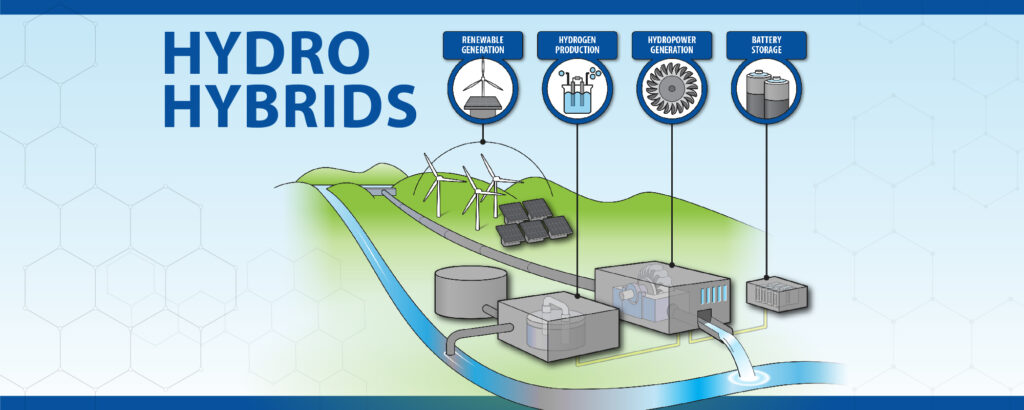
Utility-scale batteries can revolutionize how we harness renewable power. Coupled with wind and solar, these batteries could increase the reliability of green energy by storing excess energy during times of high generation and low demand. Then, utilities can tap the stored energy when demand increases. Hydropower accounts for 29% of renewable energy generated in the […]
Non-powered dams offer opportunity for clean energy

Ninety-seven percent of U.S. dams don’t make electricity. A new tool could help tap that resource. The era of building big dams may be over in the United States, but hydroelectricity still has a significant and untapped role to play in the nation’s energy future. Only 3% of the nation’s approximately 80,000 dams are equipped […]
New tech brings resilience to small-town hydropower
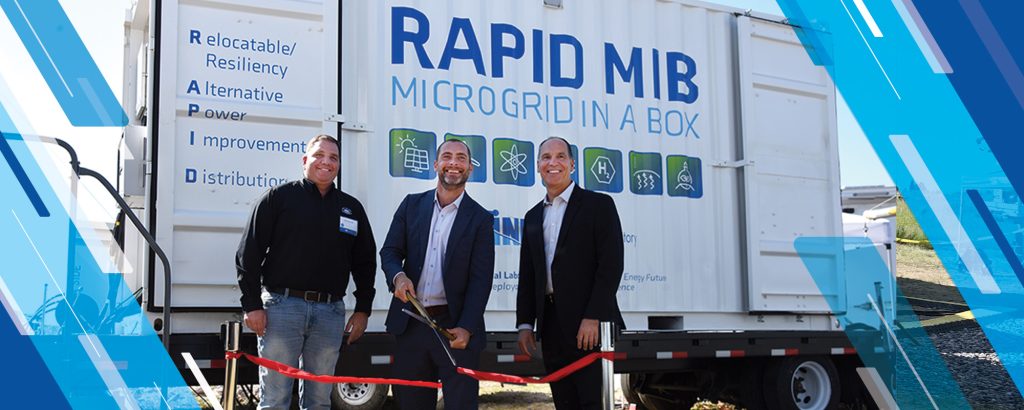
FELT, Idaho — Idaho National Laboratory (INL) celebrated the ribbon–cutting of its new Microgrid in a Box, which was deployed in partnership with the Fall River Electric Cooperative at its hydropower plant in rural Idaho. Using newly developed technologies, INL researchers demonstrated how hydropower with advanced controls and use of a mobile microgrid, can enable […]
Shoshone-Bannock Tribes, Idaho National Laboratory begin irrigation modernization case study
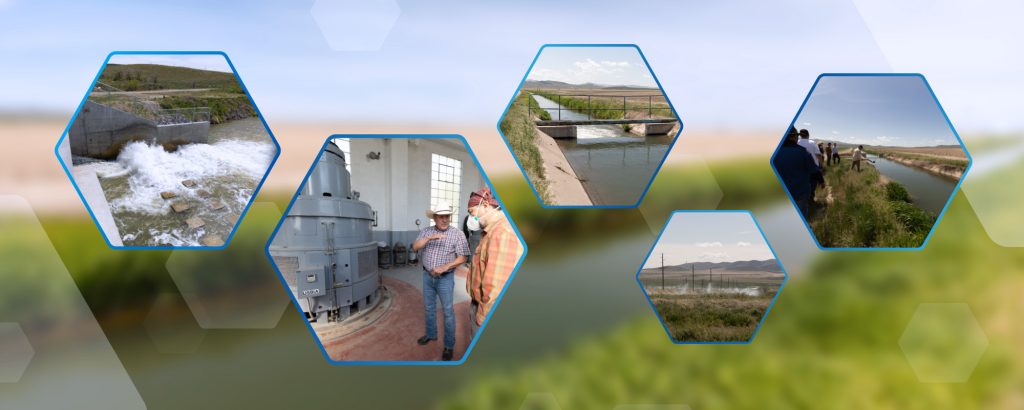
Idaho National Laboratory (INL) is partnering with the Shoshone-Bannock Tribes to modernize the Fort Hall, Idaho-based irrigation system. INL, along with partners at Pacific National Northwest Laboratory, will support this effort, funded by the Department of Energy’s Water Power Technologies Office. To forge the partnership, INL staff members held a series of meetings with the […]
Non-Powered Dam Conversion
The U.S. Department of Energy is committed to making its electronic and information technologies accessible to individuals with disabilities in accordance with Section 508 of the Rehabilitation Act (29 U.S.C. 794d), as amended in 1998. Send feedback or concerns related to the accessibility of this website to DOE Section 508 Coordinator mailbox.
Using excess energy to split water could help make hydrogen a key player in the clean energy future
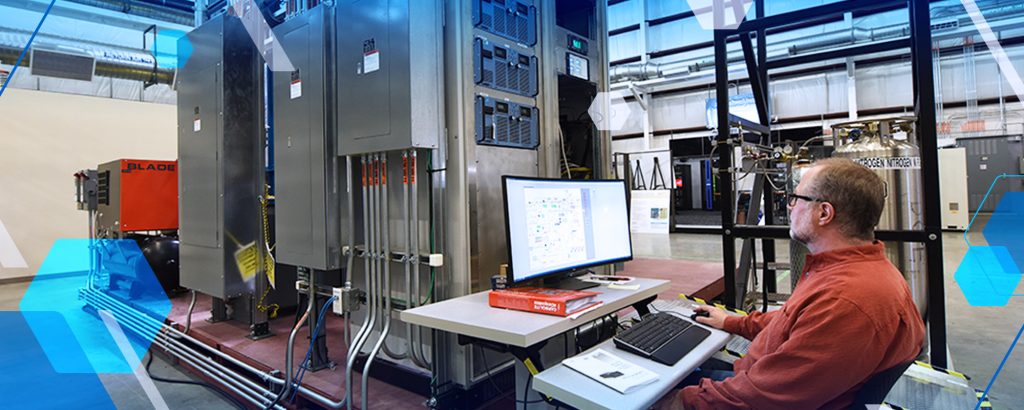
For decades, some energy experts have dreamed of a carbon-free landscape where clean hydrogen is the dominant transportation fuel, energy storage medium and chemical building block. Indeed, hydrogen already plays a big role in the manufacturing processes of many common goods, from metal to fertilizer to food products. Likewise, several recent technologies allow hydrogen to […]
National laboratories team with Idaho Power to evaluate hydrogen generation integrated with hydropower
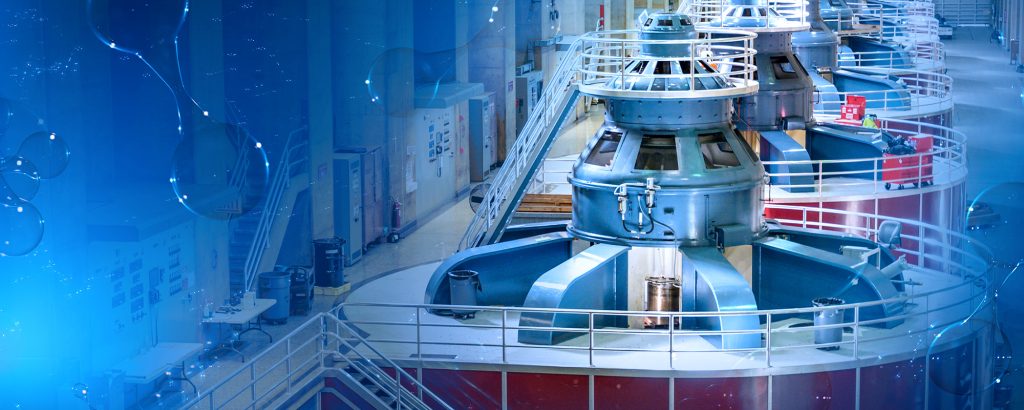
IDAHO FALLS, Idaho — Idaho National Laboratory and Pacific Northwest National Laboratory have partnered with Idaho Power to evaluate the feasibility and advantages of making hydrogen at existing hydropower plants.
Moving water could replace diesel energy in remote communities

A collaborative project between INL researchers, the Alaska Center for Energy and Power (ACEP), and XENDEE Corporation is looking at the feasibility of enabling microgrids to integrate power from tidal or wave energy sources along with other renewables and energy storage.
Small hydropower proves to be an ally for rural communities
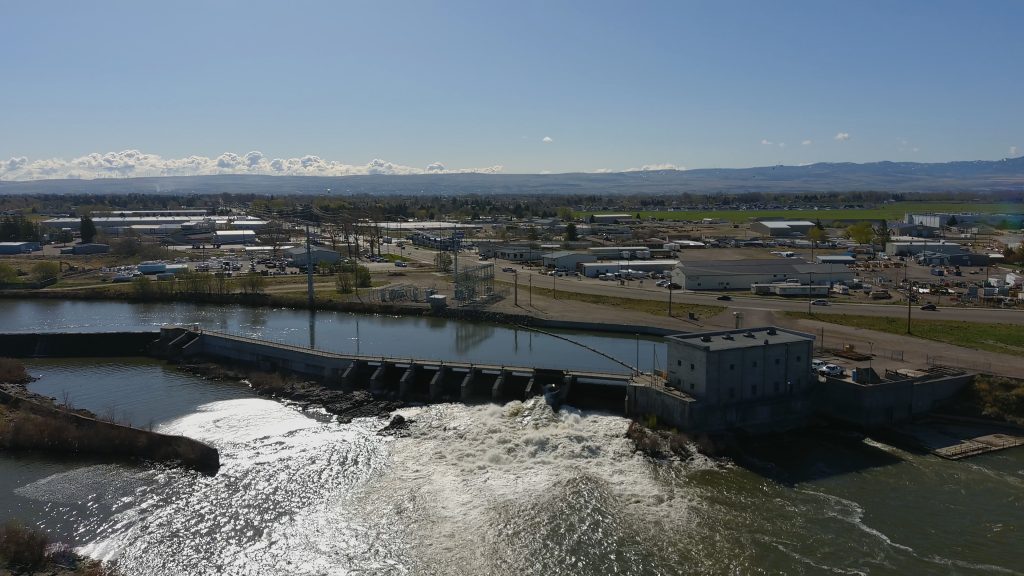
Technology developed by Idaho National Laboratory can be used to support smaller, regional hydropower plants that normally wouldn’t have the capability to black start and operate as an islanded grid.
How hydropower can help the grid recover from extreme events

Researchers examined how hydropower’s flexibility can provide grid resilience in the face of events such as rolling blackouts, hurricanes and earthquakes.
National labs lend expertise to overhaul circulatory system of the American West
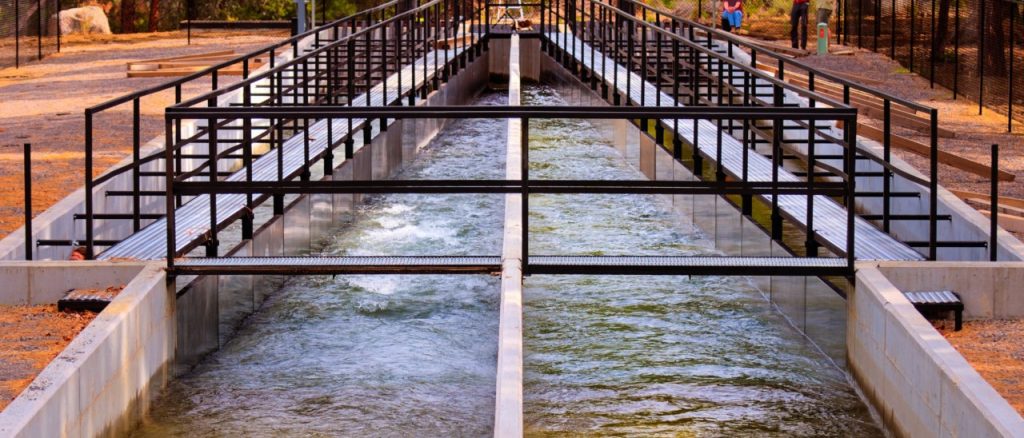
DOE’s Water Power Technologies Office has teamed up with the Oregon-based Farmers Conservation Alliance to overhaul the circulatory systems in the West.
Virtual reservoirs can boost flexibility of small-scale hydropower
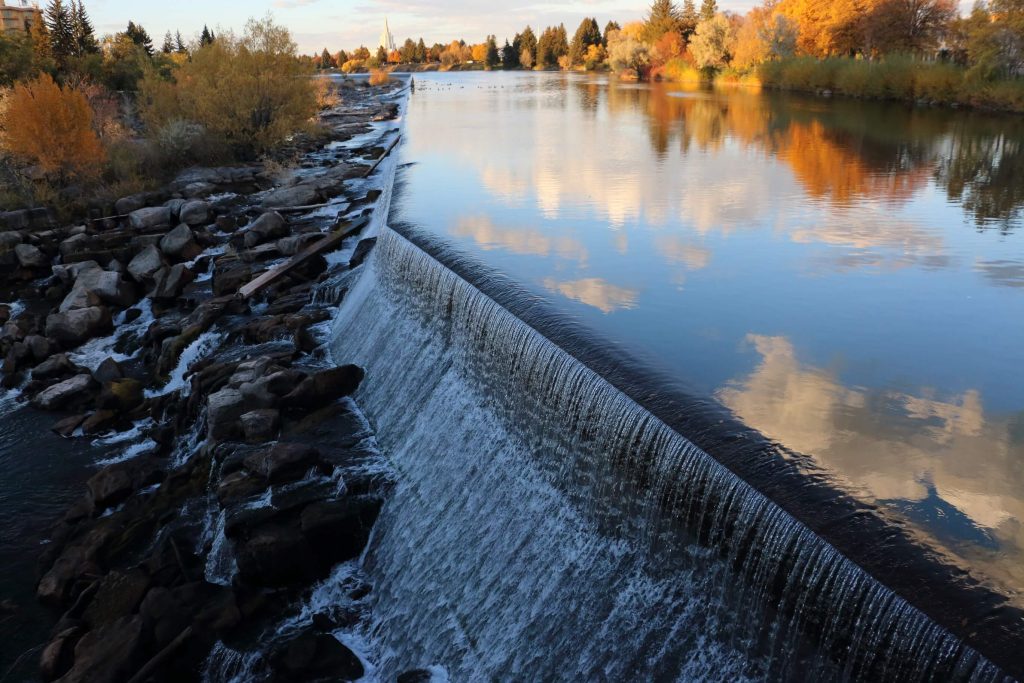
New research hows that smaller scale hydropower can provide as much stability as larger hydropower plants while being highly responsive to real-time events.
